Gardening not only ensures that you are happier, but it also has numerous mental and physical benefits. It can help relax your mind and body, with the added benefit of making your property look better.
The good news for beginners is that getting into gardening does not cost a lot. You can get started right away with a handful of tools and the will to build your dream garden!
Start with Choosing an Idea
The very first step of your journey should be a decision of what type of garden you want. Do you want something with lots of colorful flowers, maybe a herb garden if you love to cook, or to hang baskets maybe?
Start Small
Regardless of what type of garden you are inspired to create, it pays to start small and slowly grow your green oasis. We often advise that beginners begin with hanging baskets since they are more manageable with a lower entry barrier.
Get all the basic tools
Once a plan has been outlined, you will need a couple of essential tools. You will need some digging tools and pruning scissors for the most part. However, if you have large plants, then maybe also add lopping pruners to your toolbox.
Choose the right plants
Before you rush off to buy plants, make a list of plants that are native to your area. Also, the ones that are the most resilient. Doing this will ensure that you stand a better chance of them growing despite any beginner mistakes.
Check the quality of the soil
To ensure that your plants thrive, you need good quality soil. Now there are a couple of ways to check the quality, the best of which is the soil test and a PH test.
Improve soil quality
Nutrient packed soil is always going to be beneficial for your plants. Improving the soil quality only requires working on inserting compost into the top 12 inches of the soil. You can use a spade or a fork to accomplish this easily.
The other way of improving soil quality will not require that you dig but does take a bit longer. If you have time and you don’t like the idea of handling compost like a lot of newbie gardeners, then this is for you. Start by outlining the plant bed area you want to cover and then cover it in up to five newspaper layers. Then cover the area with around 2-3 inches of compost, allowing it to sit for 4 months. The newspaper will decompose over time, allowing the nutrients to enter the soil and mix with it.
Label and Organize
You will want to plan where each plant goes, then label the pots and organize them into what makes managing them the easiest. Ideally, you will want to arrange the plants so that you know how much water they each need or when they should be watered. For instance, you’ll want to organize succulents and vines separately since they have very different requirements.
Labeling them helps you keep track of all the plants as your gardening efforts expand. Having a system in place is a surefire way of ensuring success.
Use the Right Watering Protocol
Watering your plants’ objective is to ensure that they get enough water to live but stop short of overdoing it since that can waterlog the soil. The best method is to water slowly while allowing the water to reach deep into the soil. Ideally, you will want the water to penetrate up to 3 inches into the soil.
Conclusion
The best way to ensure that your plants grow large and healthy is to monitor their progress consistently. As a beginner, you will also want to read up on plant care, especially about specific types of plants that you might be trying to grow. The more information you have, the more fun gardening will be because you’ll see progress and results for all that hard work.
If you would like to read more on gardening and irrigation, check out some of our recent articles below.
6 Ways To Prevent Overuse of Water For Irrigation


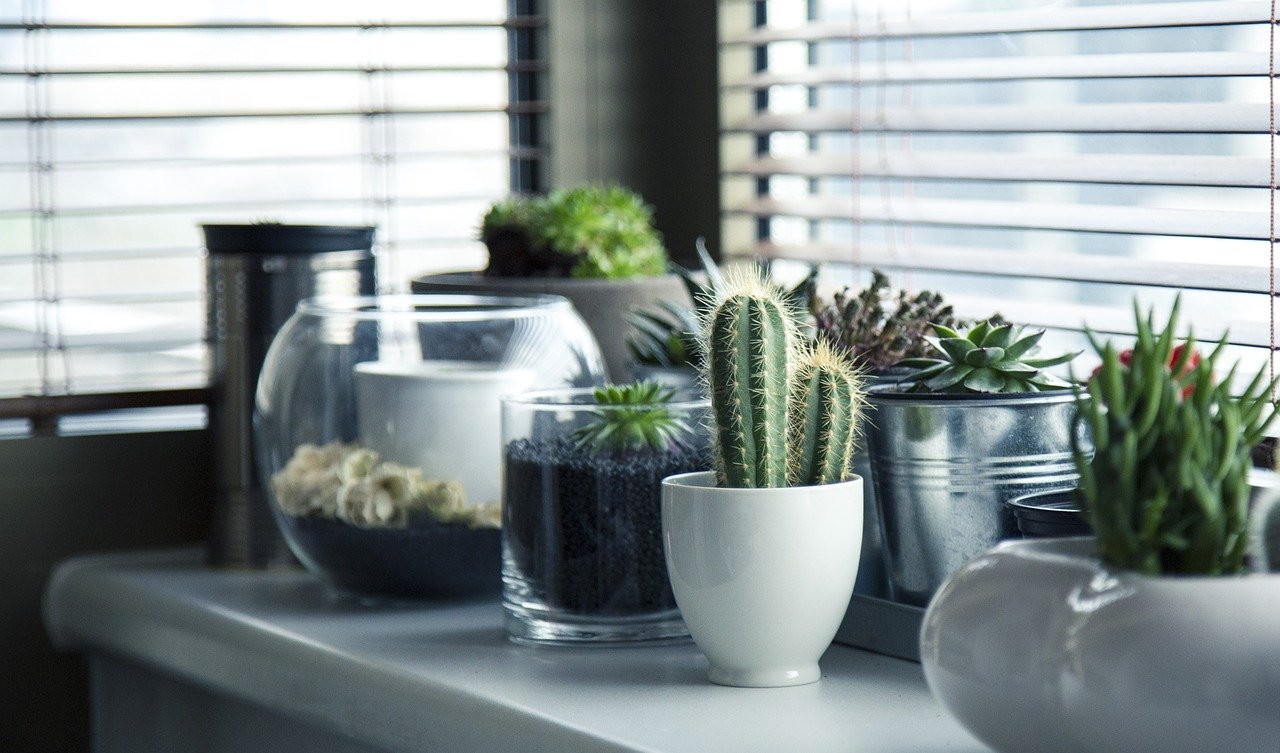

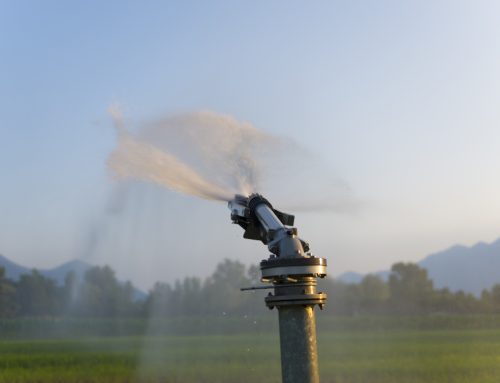
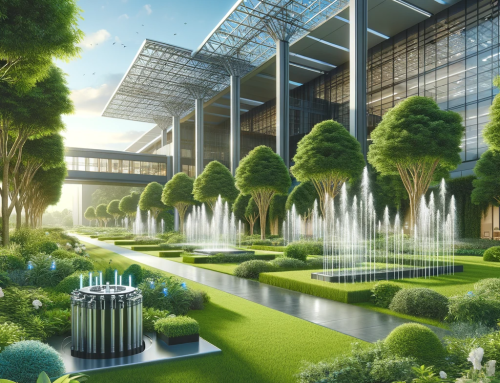
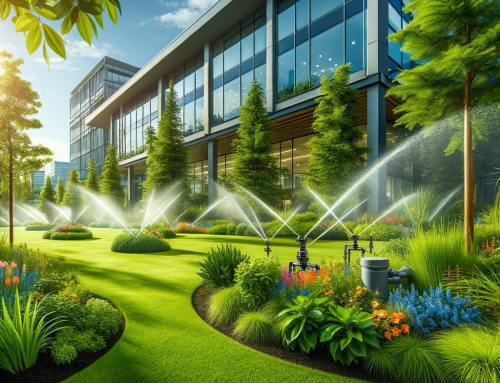
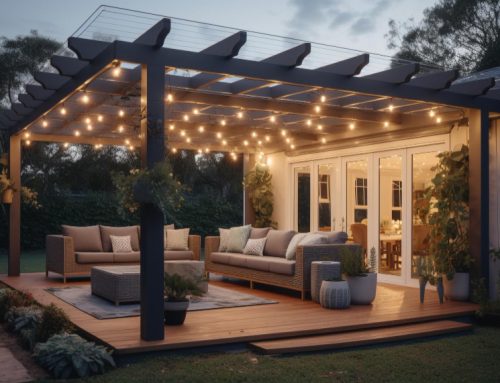
[…] Tips/What Are The 5 Types of Irrigation Systems? Previous […]